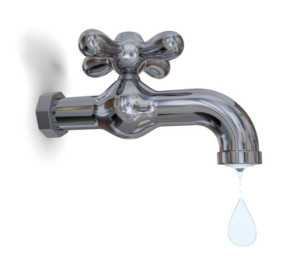RedPen Editing
3 Top Tips on Avoiding Repetition
Every writer has his or her own vocabulary: words you use in your writing. Some words are over used!
Repetition is the unintentional use of a word or phrase that has been used already.
 If you repeat a word, the second occurrence will either emphasise the first (aka the dripping tap technique) or create an echo that serves only to dilute the power of the first occurrence – and can jar on the reader.
If you repeat a word, the second occurrence will either emphasise the first (aka the dripping tap technique) or create an echo that serves only to dilute the power of the first occurrence – and can jar on the reader.- It rained and it rained and it rained. Piglet told himself that never in all his life, and he was goodness knows how old – three, was it, or four? – never had he seen so much rain. Days and days and days. (Winnie The Pooh IN WHICH PIGLET IS ENTIRELY SURROUNDED BY WATER)
- Daisy viewed her latest creation. Betty Button looked good. If only Nelly Needle would turn out the same. She cast a glance at her latest effort.
The first shows effective use of repetition; the second – made up for the purpose! – shows (unintentional) repetition.
Here’s another example of how repetition can be used to good effect, on purpose. This one is by Calre Pawley, a member of the Ria View writers group.
The quay is never empty and people swoop and swarm like gulls around a fishing net. Like gulls they are quarrelsome with each other and like gulls their beady eyes look for the slightest chance of a tasty morsel.
How can you spot repetitions?
Proofreading your own work might alert you to repetitions but there are tools you can use which make life easier.
- If you are using Word, there are a number of online services, such as WordCounter or Sporkforge which allow you to upload or copy and paste your text into a box, and will identify the words you use the most.
- If you are using Scrivener, select the text you want to check, and go to Project / Text Statistics. Click on the disclosure triangle next to ‘Word frequency’ to reveal the frequency of words used. Click on the column headings to re-sort the data.
- Newly recommended to me is Pro Writing Aid which promises to ‘improve readability and eliminate errors’. The software analyses your text and identifies not just overused words but other ‘faults’ you might like to address: cliches and redundancies, pronouns, sentence length and sticky sentences, and lots else besides. It’s free for a 3000 word sample, but you can have unlimited text analysed for about $35 pa.
For each word that you feel needs attention, you could then use the Find/Search function to locate each occurrence and consider rephrasing to avoid the repetition.

